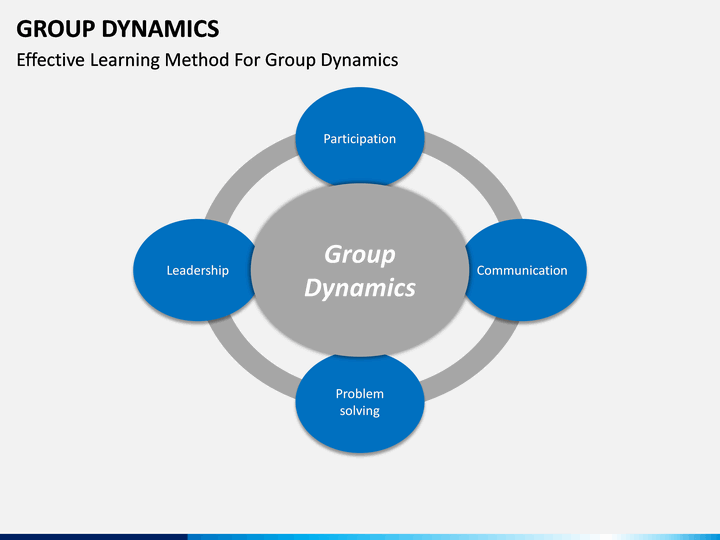
Weak leadership – Weak leadership, where the team lacks a strong leader, can pave the way for a dominant team member to take over, resulting in a lack of direction and conflict.Talk to other relevant people, such as customers and line managers, to find out as much as you can about your team’s problems.Īs you do, stay aware of the common causes behind poor group dynamics. Observe your team at work and conduct individual interviews in a private, safe and confidential space. Conduct a diagnosis and get to know your teamĬonduct a diagnosis of what is going wrong in your team by doing a team health check.

Since group work is integral to organisations, for business leaders, addressing group dynamics can lead to better work outcomes, customer satisfaction and an improved bottom line. Group dynamics matter because they impact things like creativity, productivity and effectiveness. On the other hand, poor group dynamics can be disruptive for successful decision making and work outcomes. A team with good group dynamics may be constructive and productive, and it may demonstrate mutual understanding and self-corrective behaviour. They can work towards collective decisions and they are held accountable for outcomes. What do positive group dynamics look like?Ī team with positive group dynamics tend to have team members who trust each other. Team dynamics are therefore the unconscious, psychological factors that influence the direction of a team’s behaviour and performance.

Group dynamics can be understood as how team member’s distinct roles and behaviours impact other group members and the group as a whole. Outside of this, a team can be for the long term or come together for a few hours. A team can be defined as two or more people working together to interdependently to meet a specific goal or purpose.


 0 kommentar(er)
0 kommentar(er)
